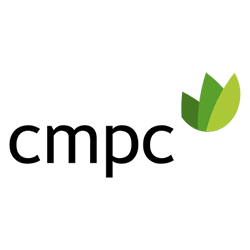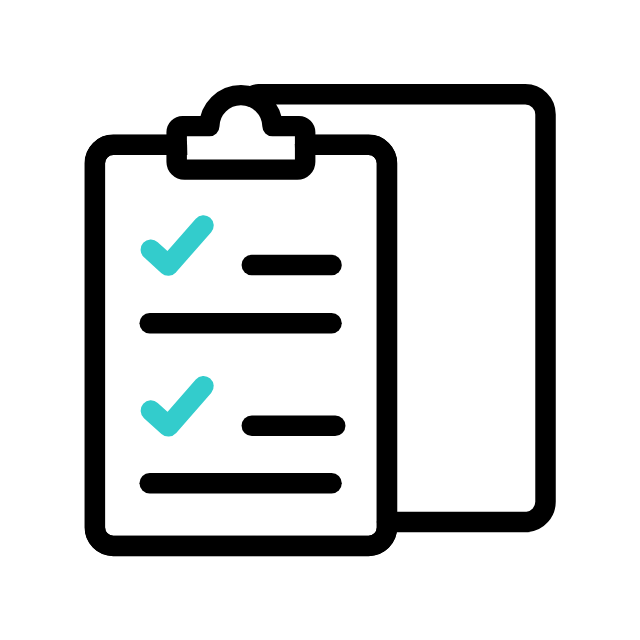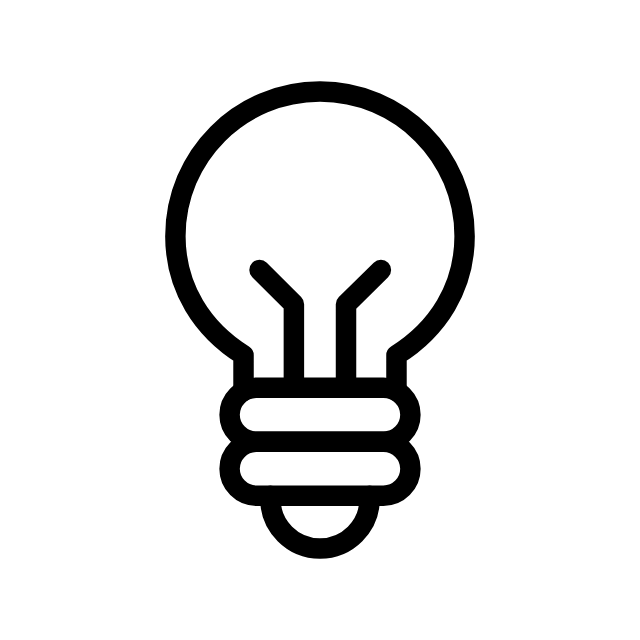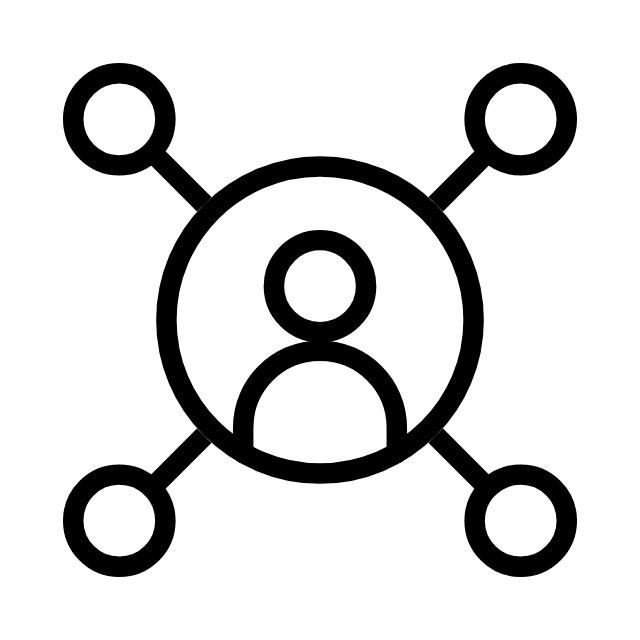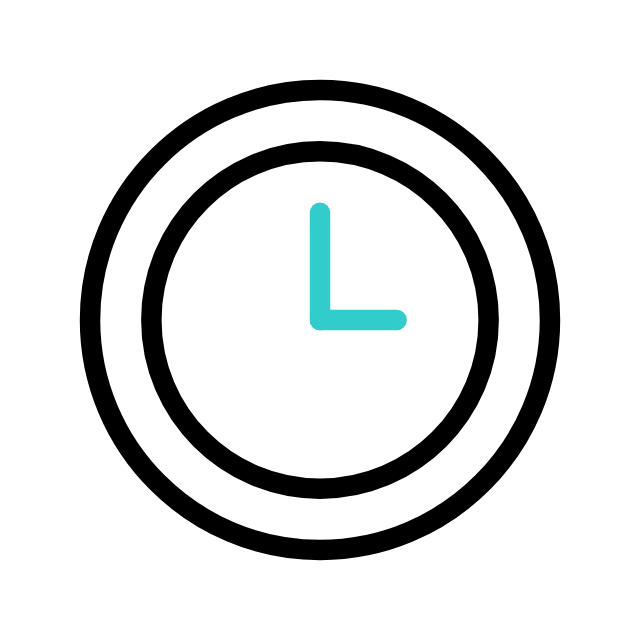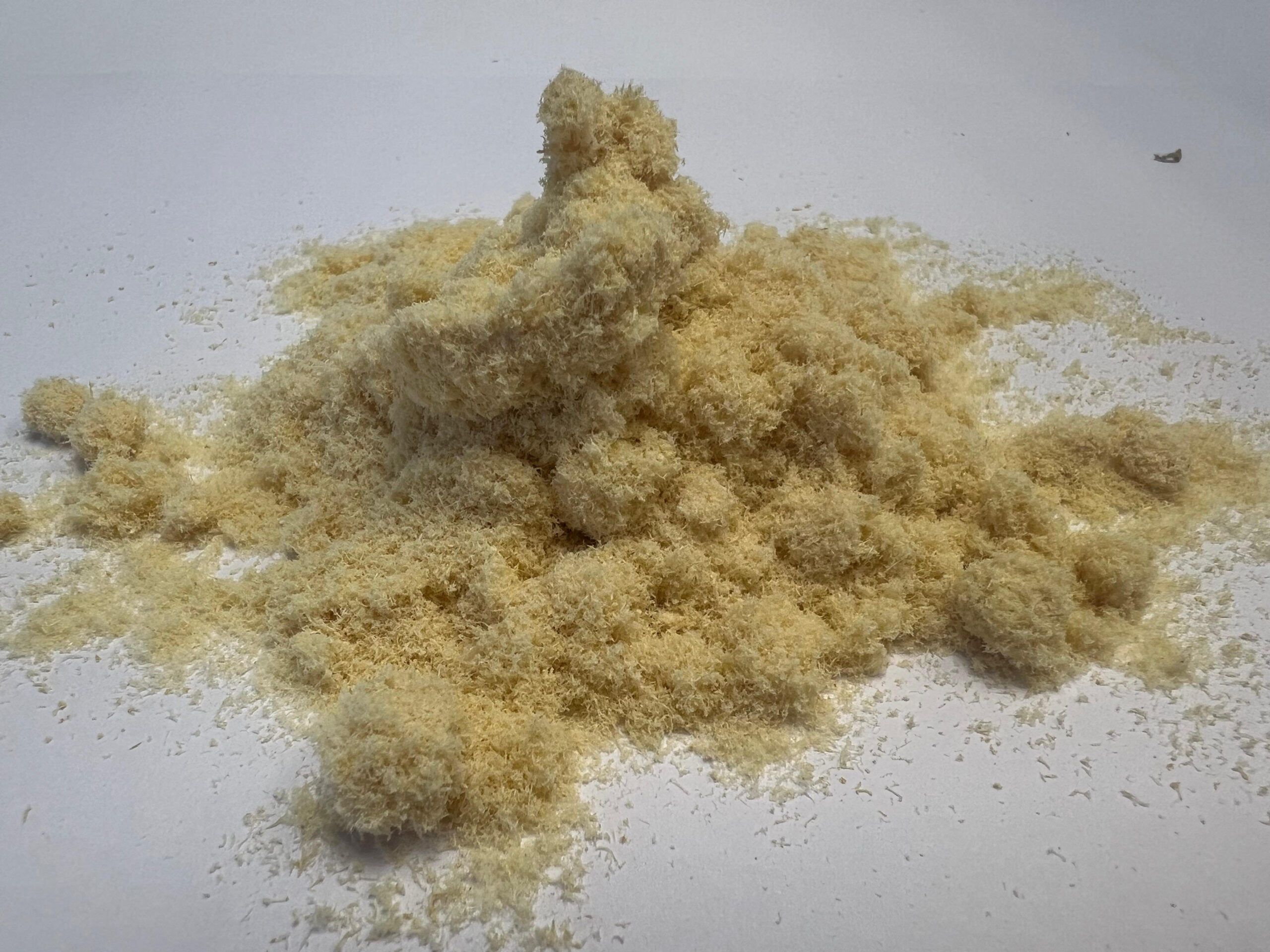
The final plywood process involves sanding the board, which generates large volumes of wood dust (wood powder).
Wood powder has various potential uses as biomaterials within CMPC’s supply chain. The powder is from radiata pine (Pinus radiata), is a homogeneous and clean material with a fine particle size, low moisture (~10%), stable throughout the year. However, its low density (100-150 kg/m³) makes many initiatives unfeasible due to high transportation costs.
Granulometry
| Mesh | Size (mm) | Percentage (%) |
| 6 | 3,35 | 0 |
| 10 | 2,00 | 0 |
| 18 | 1,00 | 19,5 |
| 25 | 0,71 | 3,0 |
| 35 | 0,50 | 5,4 |
| 45 | 0,36 | 10,0 |
| 60 | 0,25 | 19,5 |
| Less | 42,6 |
The objective of this challenge is to enable the valorization of this material through compaction technology that allow its transport in compact units (e.g., maxi bags).

How will we evaluate your solution?
The goal is to increase the density of the wood dust to at least 350 kg/m³ to make it economically feasible to transport it in large bags and allocate this dust for external or internal manufacturing processes at CMPC.
Ideally no water or additives should be added to the dust and the technology should be capable of compacting 600 tons of dust per month initially (then scaling up gradually).

